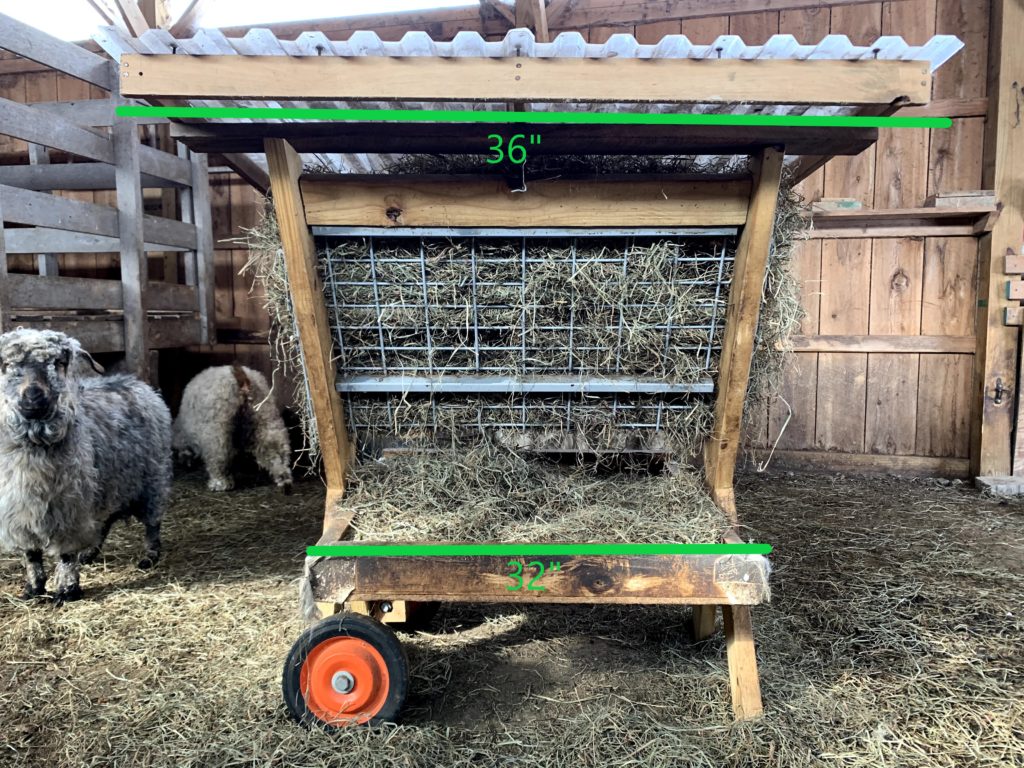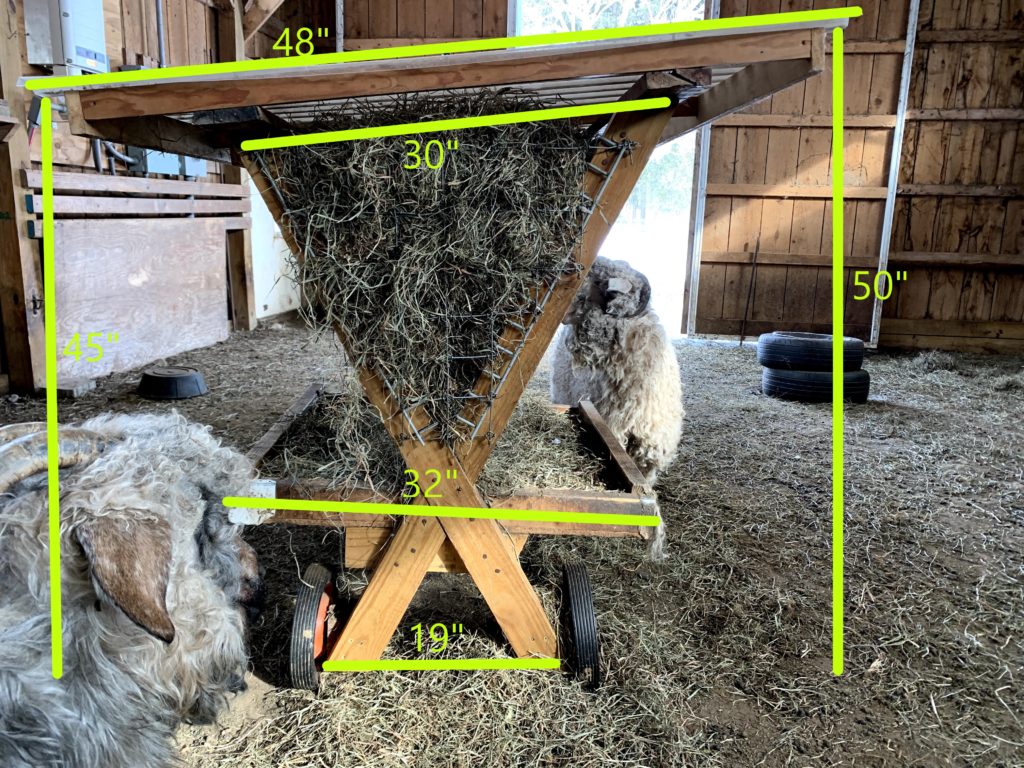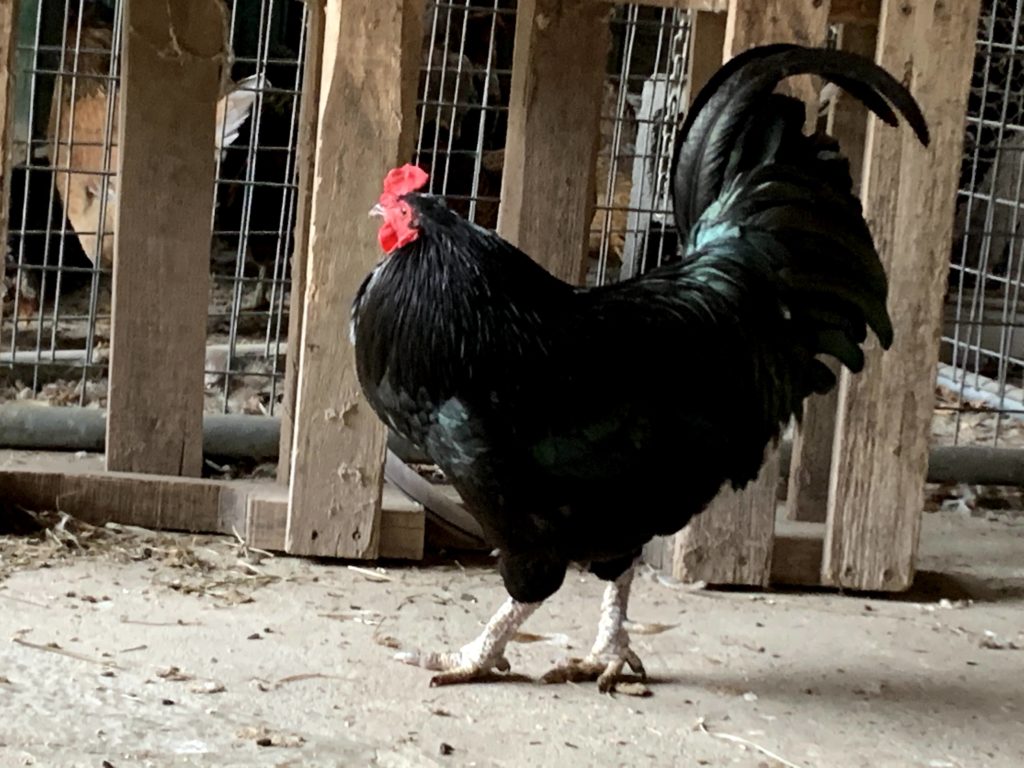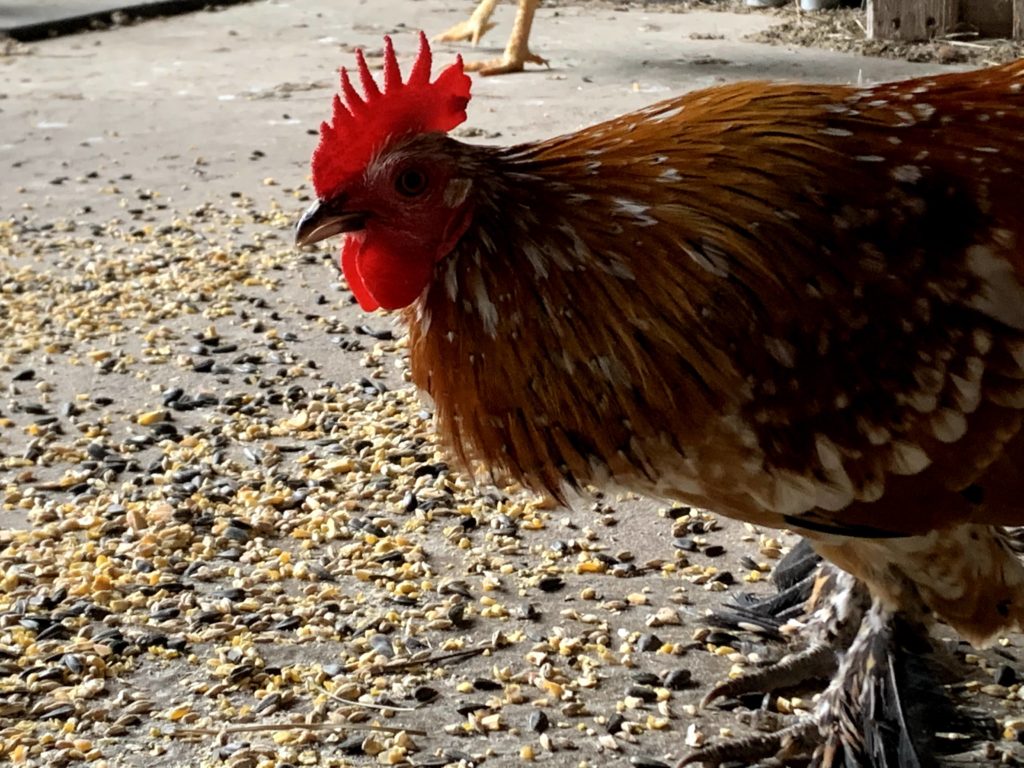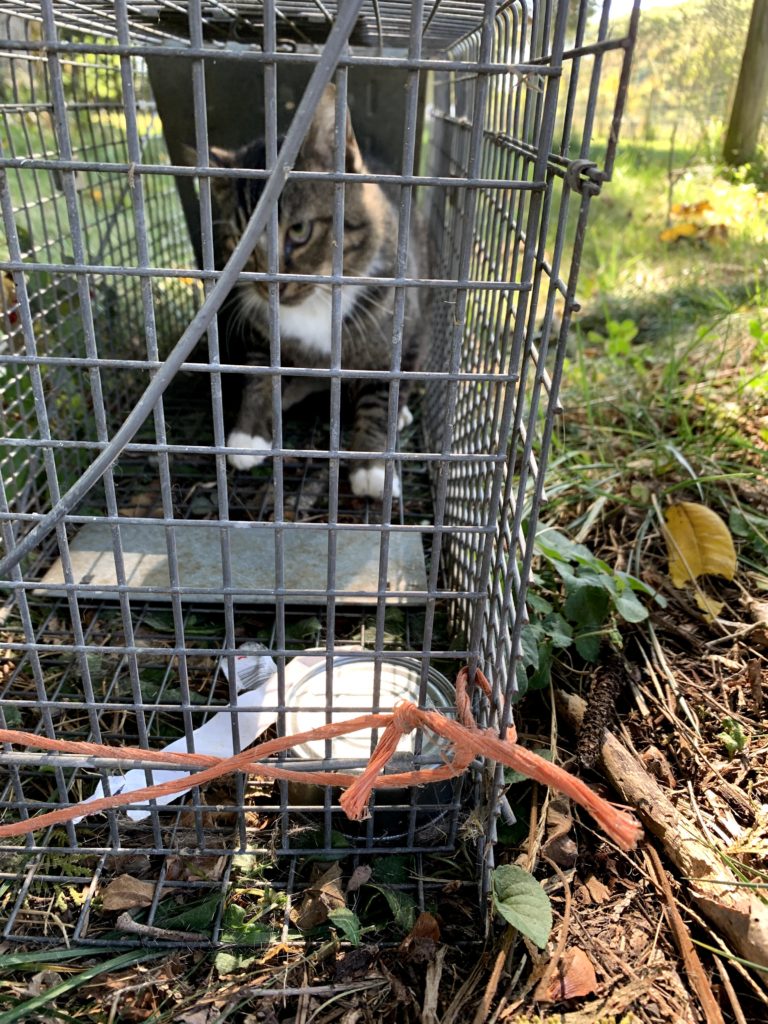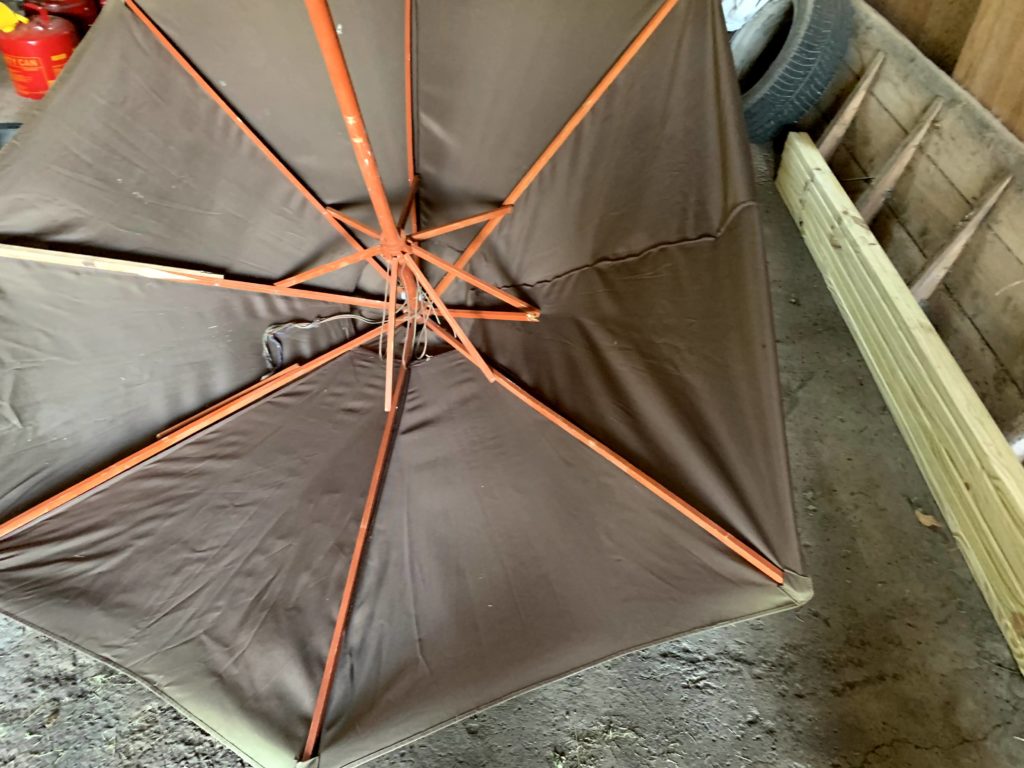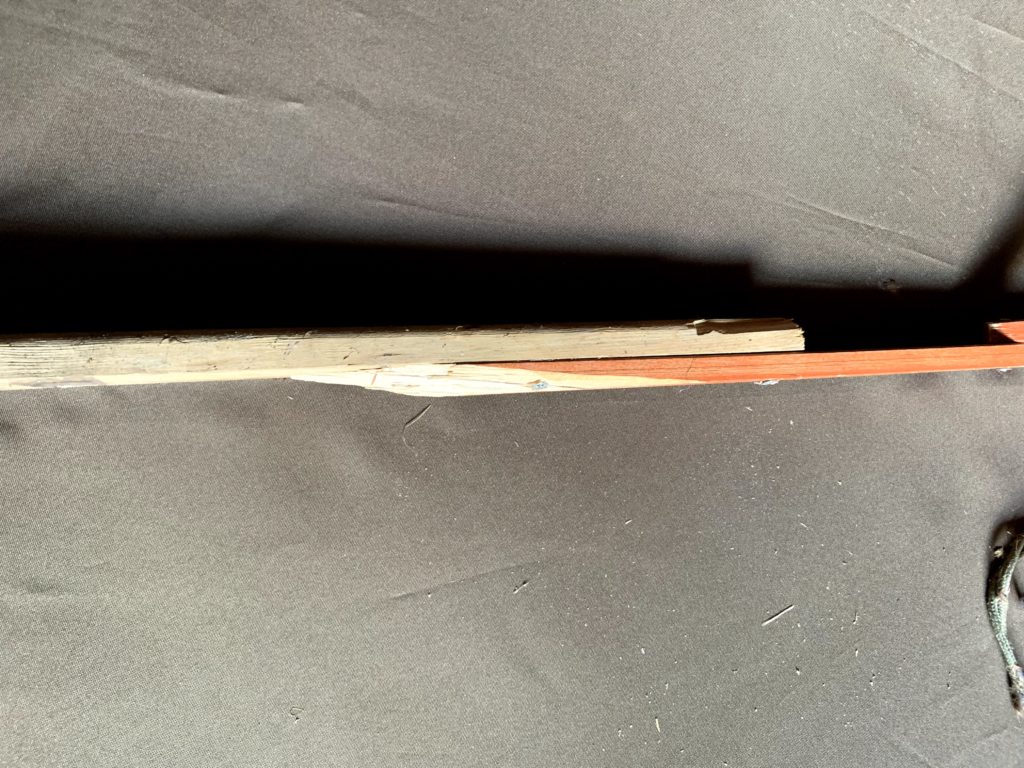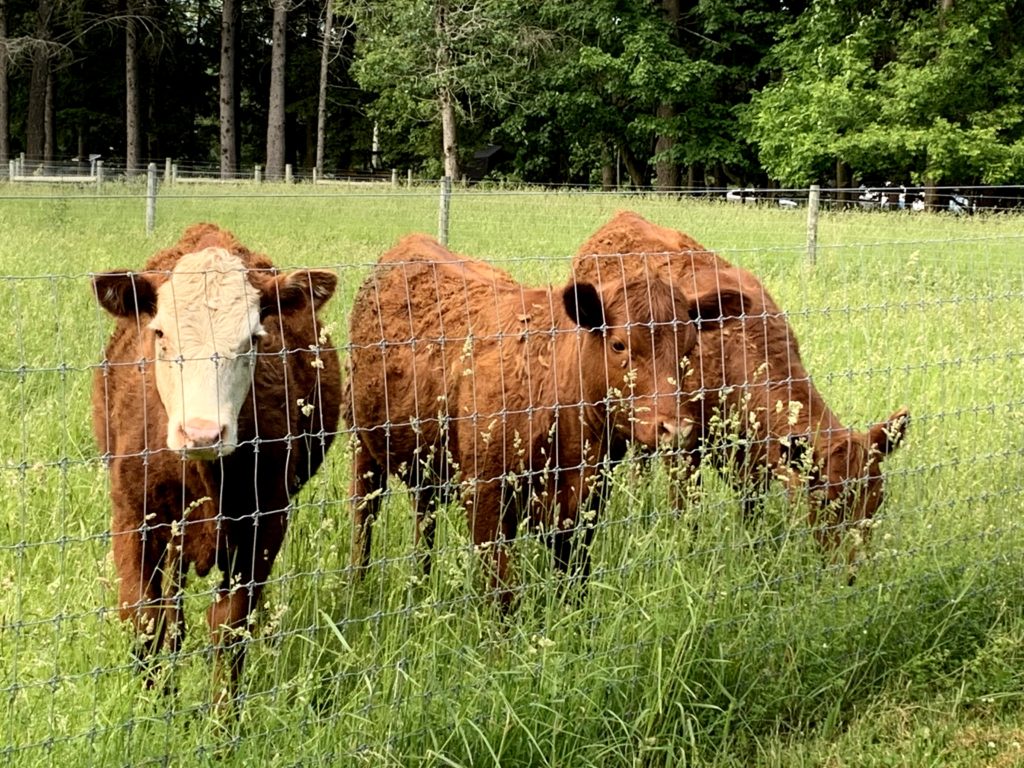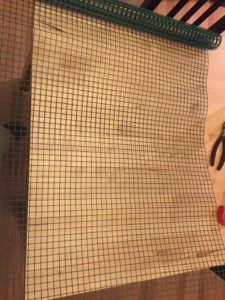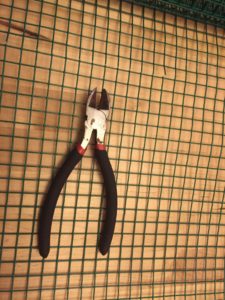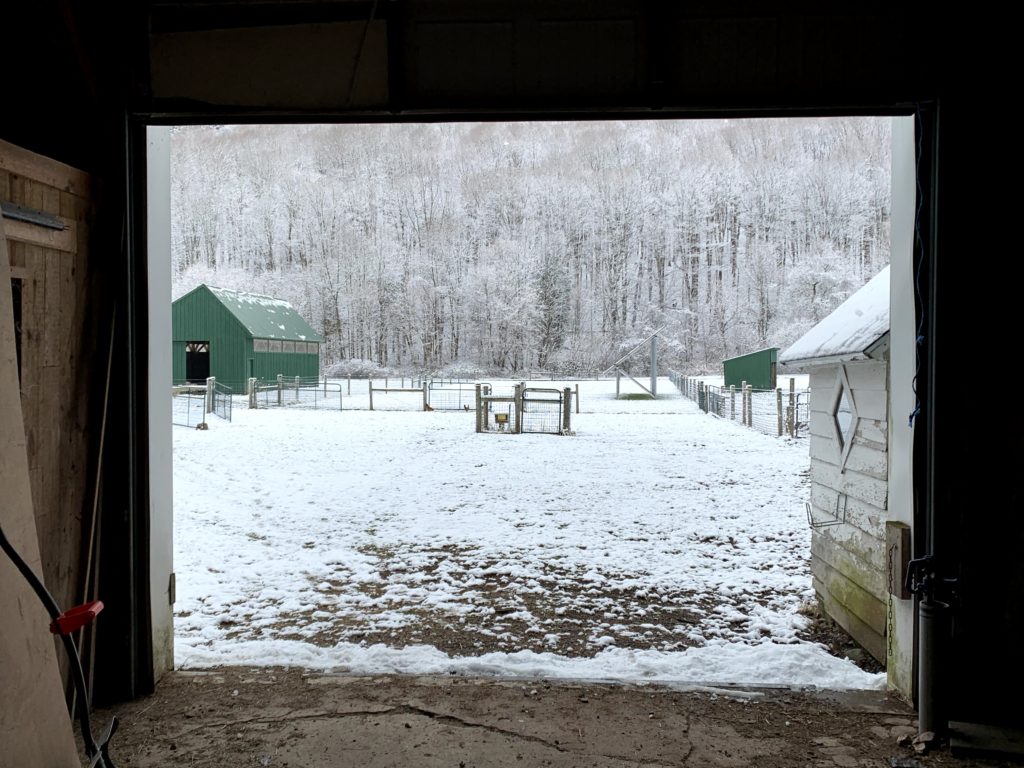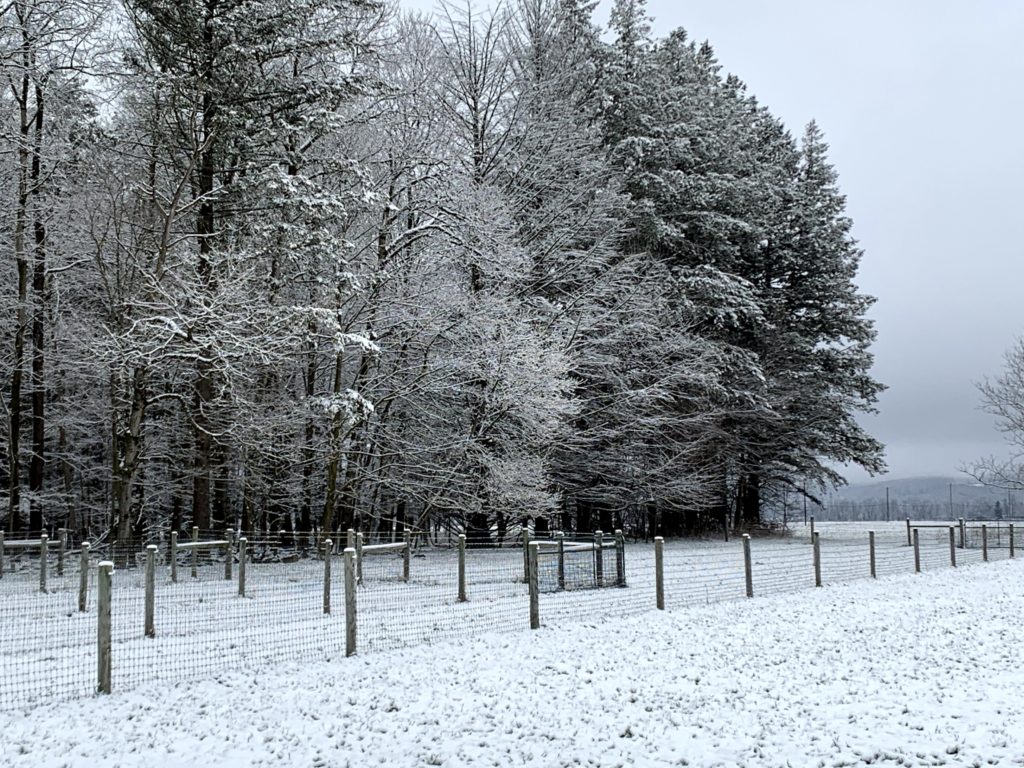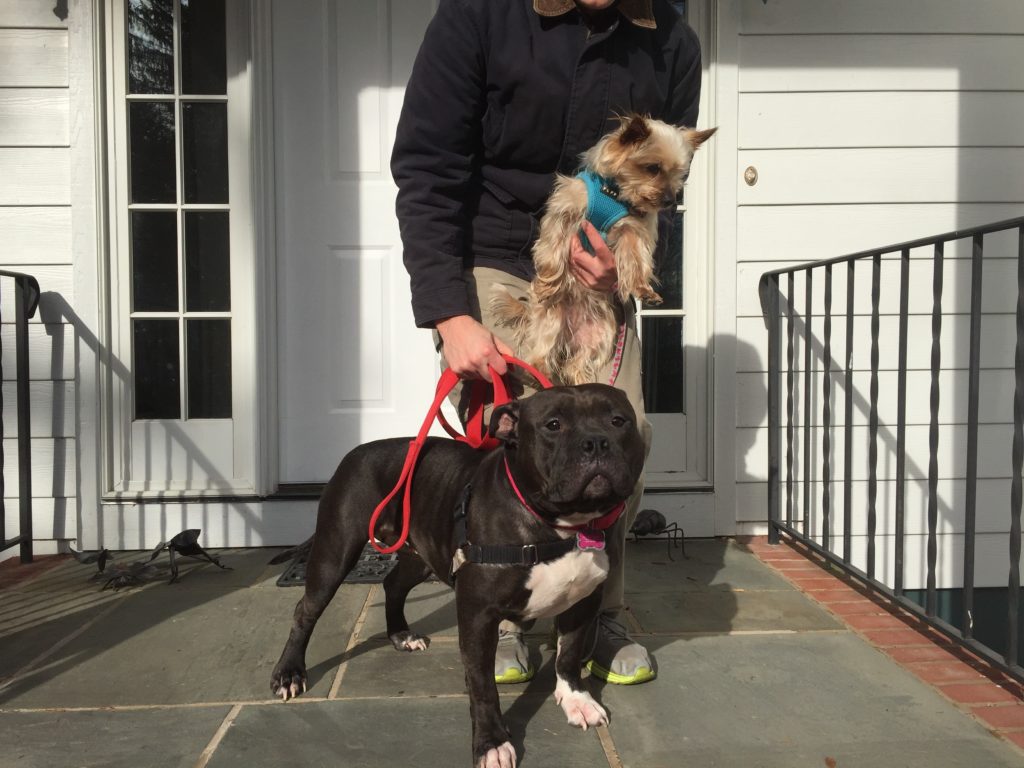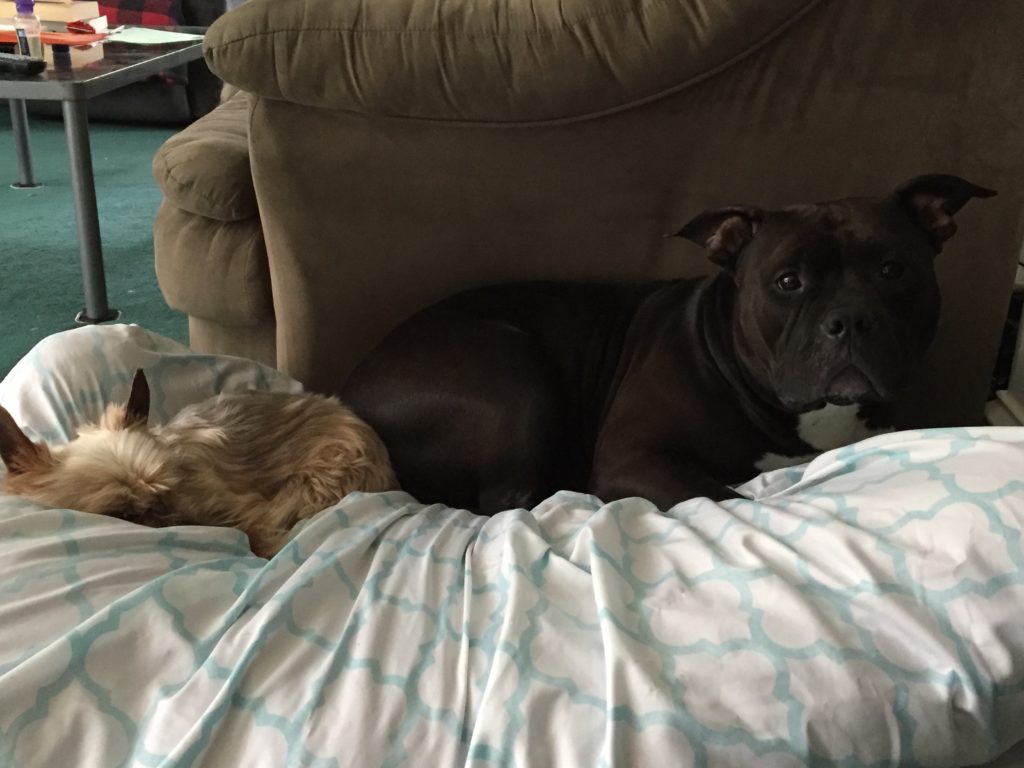Consistent with past summers (2015, 2016, 2017, 2018, 2019 and 2020), we are currently hosting yearling heifers on our pastures over the summer. Different from prior years, we are only hosting 2 instead of the typical 3.
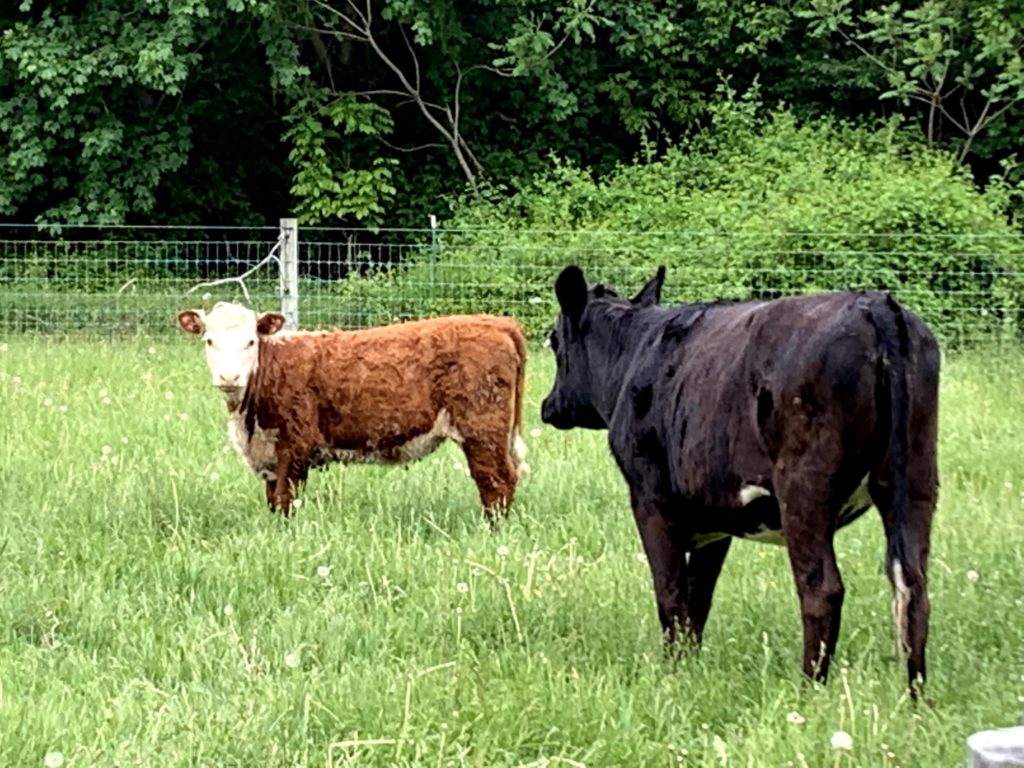
The farmer only had 1 heifer born last year at his farm. He purchased a second heifer as he needs a few heifers every year to maintain his herd.
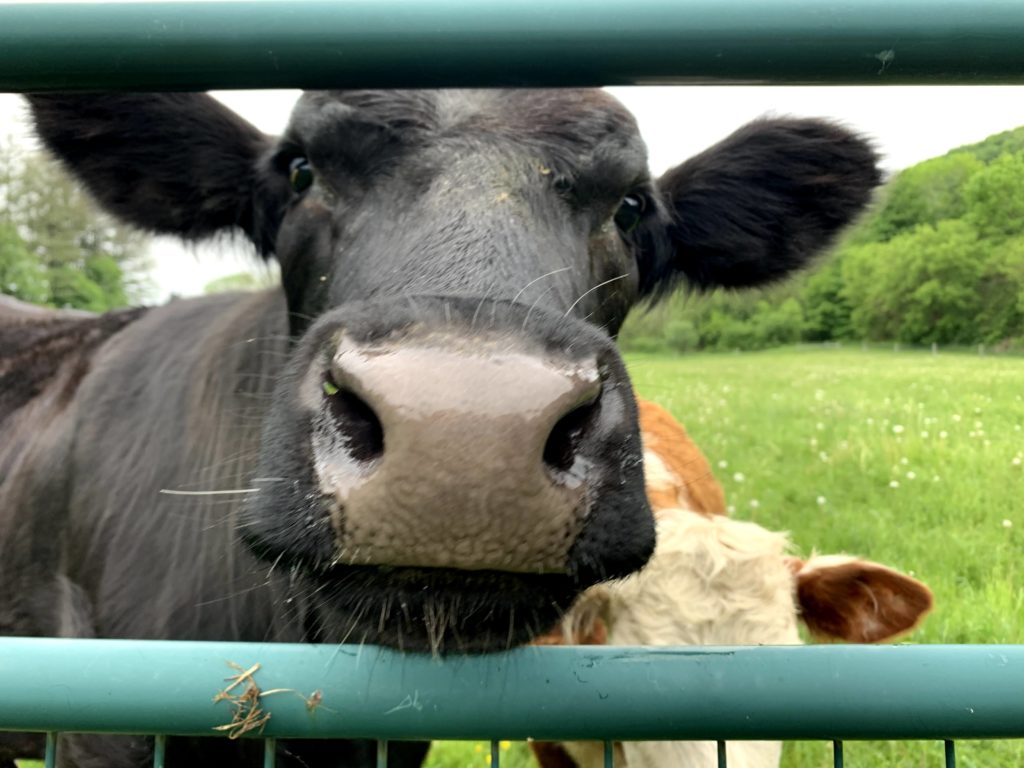
The larger black and white heifer is Snappy. She is inquisitive and very friendly – she enjoys head and nose rubs and likes to lick your hand. Snappy is in charge and leads the way.
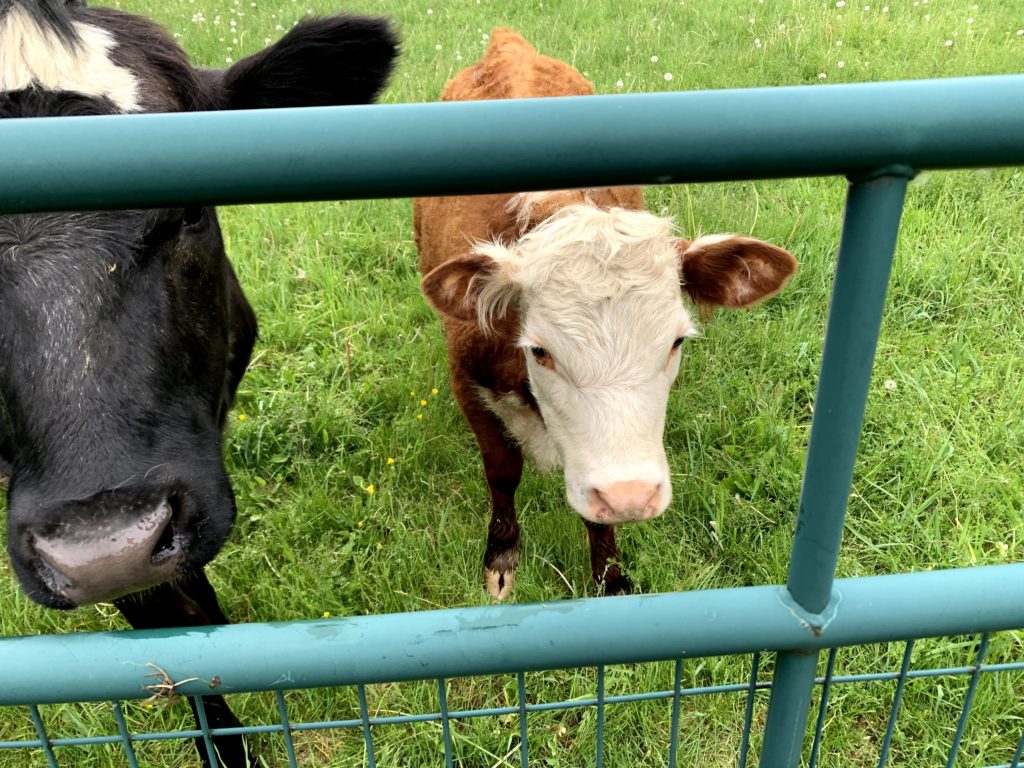
The second heifer is named Ann. She is much smaller, more shy and tends to be a follower. She tends to shadow Snappy around the pasture.
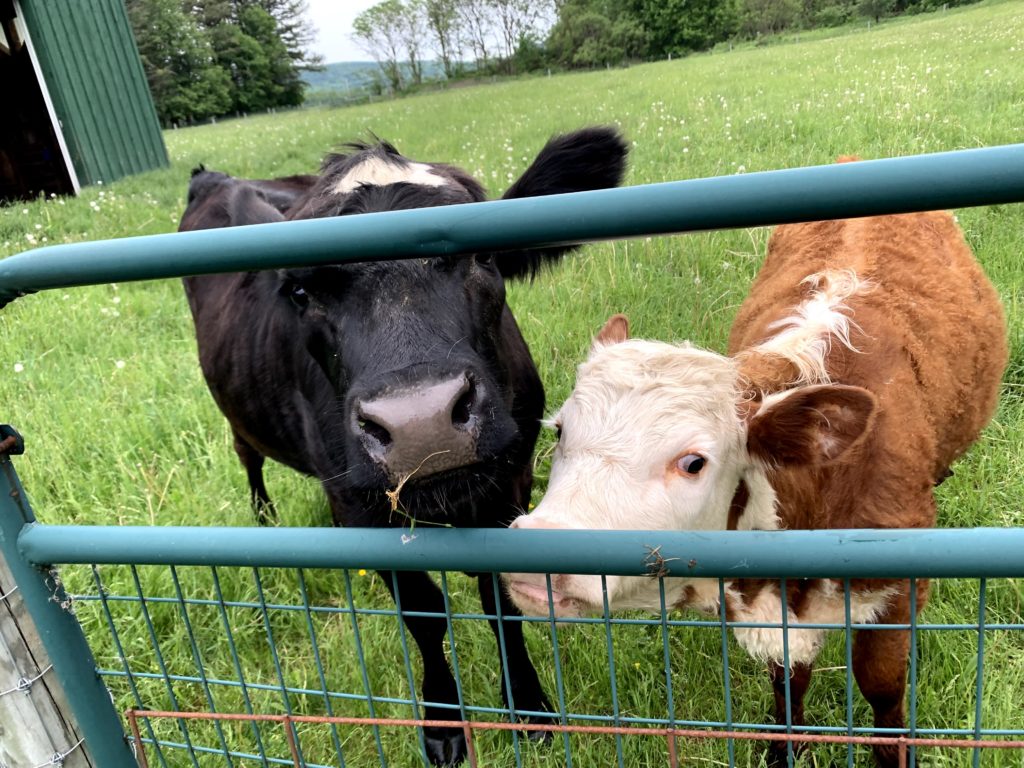
They have been enjoying the lush pastures this year with a good balance of rain and sun so far – with the summer now more than halfway over already.

